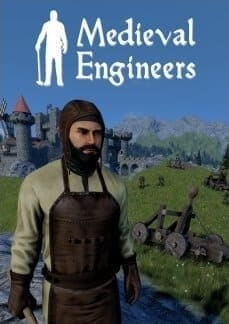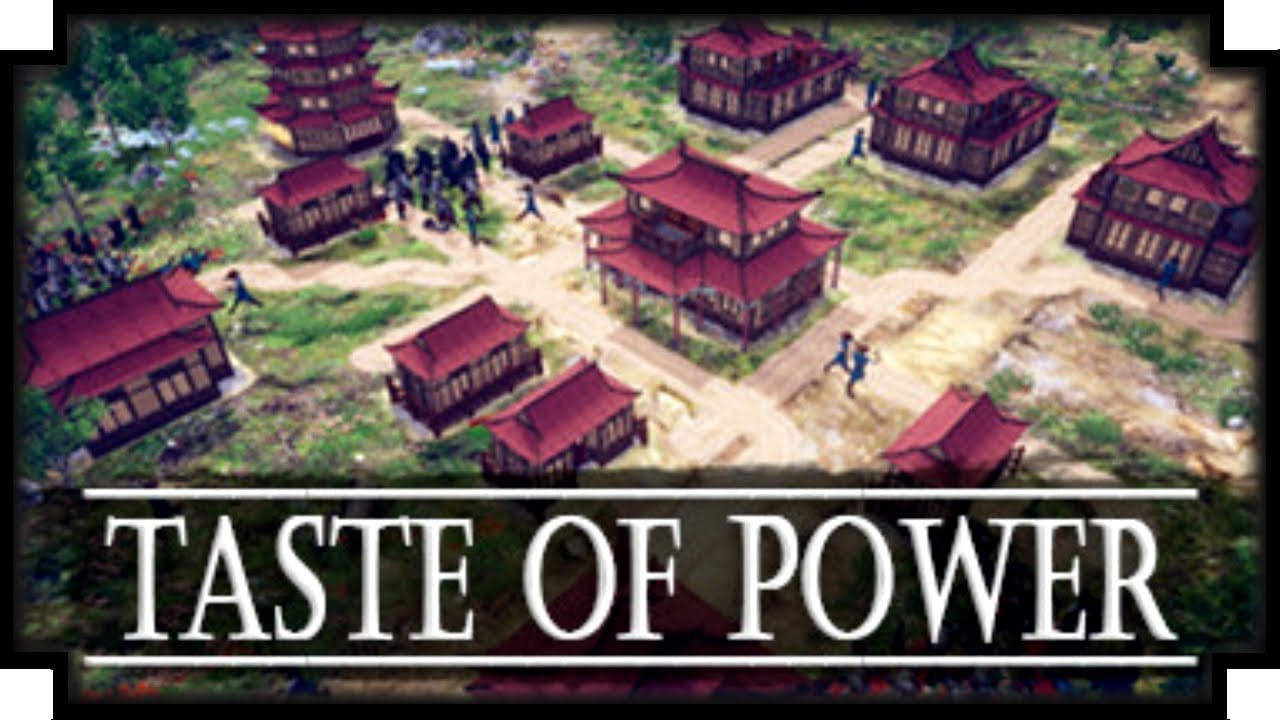

Stamina determines a player's ability to sprint. In survival mode, players are vulnerable and maintain three personal stats: Stamina, Health, and Food. Many aspects of the world are adjustable at the start of the game, including the day-night cycle, number of possible non-player characters (NPCs include deer and hostile barbarian attackers) and the length of time that damaged or loose objects remain in the world. Wild wheat, cabbages, and flax may be found in fields, for example, whereas mushrooms and berries exist only in wooded areas. Resources that can be collected vary depending on the nature of the terrain. It contains high mountain ranges with limited passable areas, deep rocky valleys, varied woodland, grassland and fields, and a network of dirt roads, which a player may use to navigate. The Medieval Engineers landscape is a spheroid voxel-based planet, approximately 10 game-kilometers in radius, which is fully explorable by the player. Crossbows may be used to assault enemies or hunt deer (for food and hides) from a distance. Weapons such as a club, mace, and sword can defend from hostile NPCs (barbarians) as well as other human players, and attack structures directly. Players can also use tools to de-construct large blocks, fell and process trees, and reshape the landscape, leveling for building purposes or digging to mine resources and form defensive trenches and mounds. In a multi-player world, individual players may each claim territory, build their own castles and defenses, then create siege engines to attack other players' castles. The player may combine these along with other small-block items to create battering rams, catapults, trebuchets, and siege towers, which use realistic physics based on mass, density, tension, and inertia. The small block items, and particularly the torsion bar, rope drum, turn cross, and rope ends, are a key feature of Medieval Engineers, as they enable siege warfare. Small blocks such as timber, wheels for carts and siege equipment, furniture and crafting workstations, serve aesthetic, interactive, and/or functional roles.
.jpg)
Large blocks such as walls, roofing and palisades determine structural integrity and may collapse under their own weight if not built carefully or if damaged in an attack. Blocks may be structural, functional, interactive, or aesthetic, and are broken down into two basic types: large and small. The player controls a single character, the engineer, and builds structures, from small shacks to entire castles and even towns, using pre-defined building blocks. On February 19, 2015, Medieval Engineers was released as an early access game on the Steam platform.
MEDIEVAL ENGINEERS FREE FULL DOWNLOAD SOFTWARE
It is being developed and published by Czech developer Keen Software House.

There is the ability to interact with your entire environment, everything around you is destructible and interactive.Medieval Engineers is a voxel-based sandbox video game set on an unnamed Earth-like planetoid without water that can be explored, mined, manipulated, and deformed. You will be able to act in a vivid and intense setting that is alive and moving. Conquer new lands to supply yourself with enough resources. Varied construction and epic battles for fans of the genre.Ĭompete in online play and team up with friends. Visually, the project looks decent, which makes staying on its expanse fascinating and enjoyable.

Here you can find a lot of interesting and entertaining. Create and shape the landscape as you see fit. Houses and fortresses, but you can also make catapults, wagons, etc. Engineers of the Middle Ages showed no small amount of ingenuity and created really strong castles that still stand today. During this period of history, reliable structures were created that served not only as shelter, but also as protection from uninvited enemies and harsh conditions. Medieval Engineers allows you to do building in a Medieval setting.


 0 kommentar(er)
0 kommentar(er)
